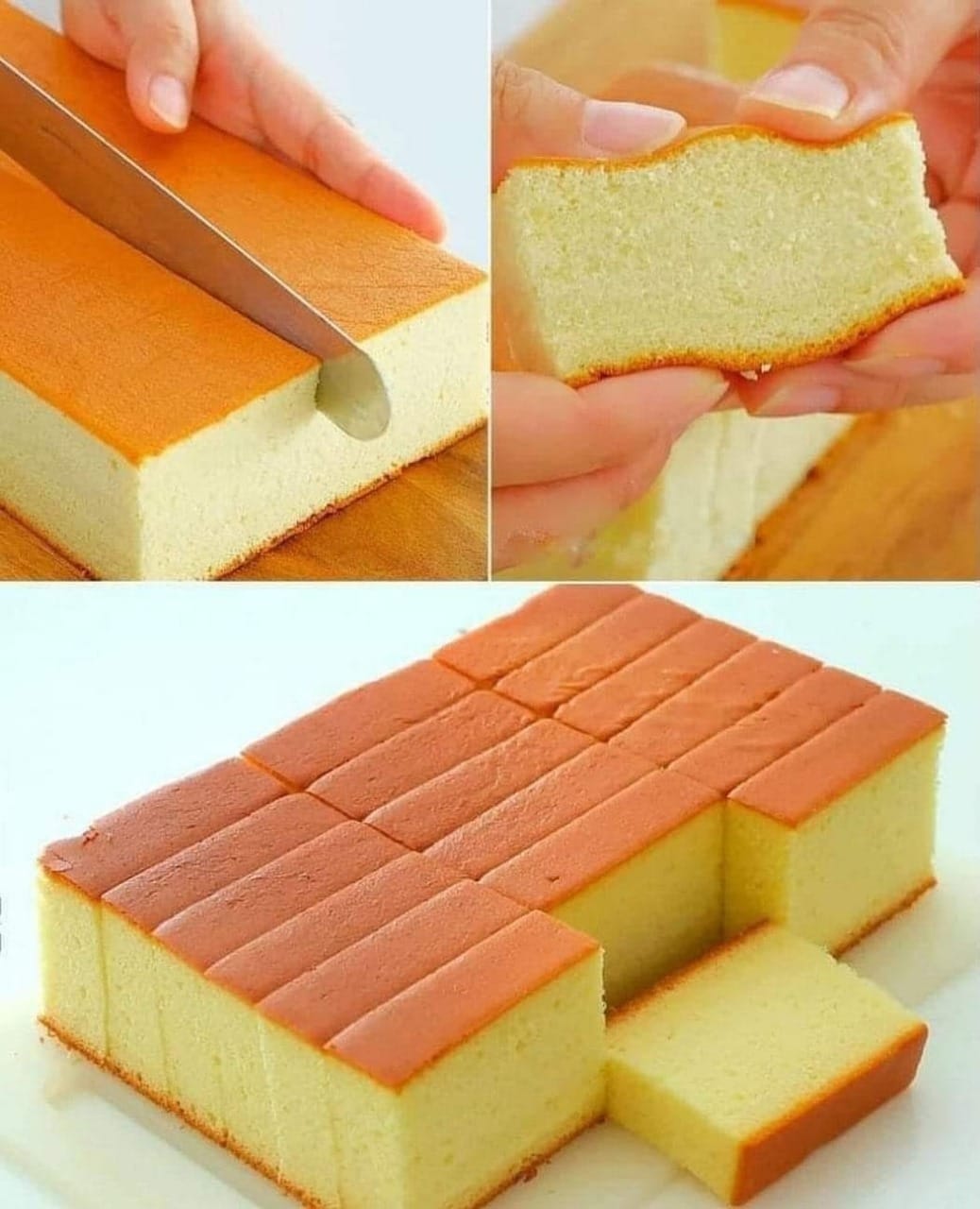A modern, savory twist, adding cream cheese or mascarpone to the batter brings a creamier, tangy flavor. This version often has a denser texture and is less sweet, but incredibly satisfying.
Conclusion
Castella Cake’s journey from Portugal to Japan and its evolution into a beloved confection speaks to the adaptability of this simple, yet elegant dessert. Whether you stick to the traditional recipe or experiment with exciting variations like matcha or chocolate, Castella Cake remains a delightful and timeless treat. Its soft, spongy texture and gentle sweetness make it a perfect cake to serve with tea, coffee, or on its own.
Discover more traditional Japanese desserts and variations in our collection of authentic recipes, and explore how different cultures have influenced the art of baking!Castella Cake, known as “Kasutera” in Japan, is a light, fluffy sponge cake that has captivated dessert lovers for centuries. Originally introduced to Japan by Portuguese traders in the 16th century, Castella has evolved into a beloved Japanese confection, often gifted in beautifully packaged boxes. Made with simple ingredients like eggs, sugar, flour, and honey, this cake is celebrated for its soft texture, delicate sweetness, and golden brown crust.
Let’s explore the rich history of Castella Cake, how to make this airy sponge, and discover its exciting variations.
